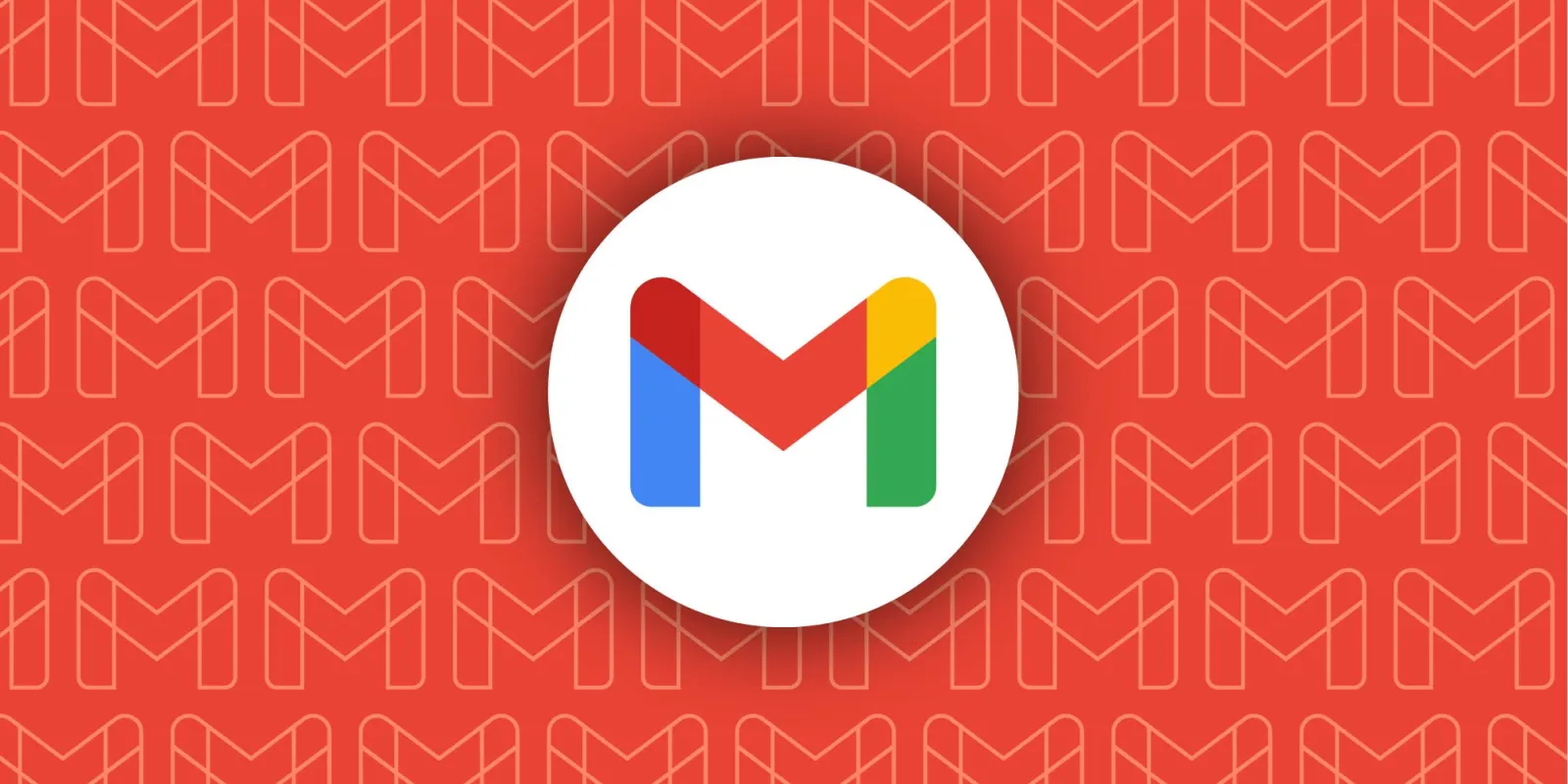For many companies, email is simply a tool to send and receive messages. However, behind its familiar inbox interface, there are powerful features that remain underutilized. These hidden email functions can boost productivity, enhance security, and streamline your team’s workflows.
Here are five powerful but rarely used business email features you should start exploring today:
1. Delegation – Letting Admins Manage Your Inbox
What is it?
Delegation allows someone (such as an admin or assistant) to read, organize, and reply to emails on your behalf without needing your password.
Example:
A busy director gives inbox access to their assistant to schedule meetings and respond to routine inquiries efficiently.
Benefits:
- Saves time for executives.
- Improves security by avoiding password sharing.
- Ensures no important email goes unnoticed.
2. Retention Policy & Auto-Archive – Managing Email Lifespans
What is it?
Retention policies set how long emails are kept before automatic deletion, while auto-archive moves old emails out of the inbox but retains them in archives for reference.
Example:
The legal team retains contract emails for 5 years to comply with regulations, while marketing auto-archives campaign discussions every 6 months to keep inboxes clean.
Benefits:
- Saves storage space.
- Ensures data compliance.
- Keeps inboxes organized and clutter-free.
3. Confidential Mode / Email Self-Destruct – Time-Limited Emails
What is it?
Confidential mode lets you set expiration dates for emails, preventing recipients from forwarding, copying, or downloading content. After expiration, emails self-destruct and become inaccessible.
Example:
HR sends offer letters valid for three days, or finance sends temporary passwords that expire automatically.
Benefits:
- Enhances security for sensitive information.
- Reduces data leakage risks.
- Controls how long information remains accessible.
4. Dynamic Email – Interactive Content Within Emails
What is it?
Dynamic email allows recipients to interact with content directly within the email, such as filling out forms, responding to surveys, or checking order updates in real-time.
Example:
An e-commerce business sends order confirmations with “Track Now” buttons that show live delivery status within the email itself.
Benefits:
- Increases customer engagement.
- Streamlines workflows by reducing the need to open separate apps.
- Makes marketing campaigns more interactive and impactful.
5. Message Routing & Conditional Forwarding – Automating Email Distribution
What is it?
Message routing directs incoming emails based on rules, such as sender domain or subject keywords. Conditional forwarding automatically sends emails to specific teams or individuals based on defined conditions.
Example:
Emails with “invoice” in the subject automatically forward to finance, while emails from specific vendor domains forward to procurement.
Benefits:
- Speeds up internal communication.
- Reduces the risk of emails getting lost or misrouted.
- Ensures customer inquiries reach the right teams quickly.
How to Activate These Features
Most business email platforms like Google Workspace or Microsoft 365 already include these tools. Simply:
1. Access your account settings or admin console.
2. Look for delegation, retention, confidential mode, dynamic email, or routing options.
3. Configure based on your team’s needs.
4. Train staff to use them consistently for maximum impact.
How Are These Features Functionally Linked?
Although these features serve different purposes, they are interconnected in creating an efficient, secure, and responsive email system:
1. Delegation + Message Routing
When emails are routed to shared inboxes or specific teams, delegation ensures admins or assistants can manage and respond to them without delays.
2. Retention Policy + Confidential Mode
Both manage the lifespan of emails. Retention policies apply at the system level for compliance, while confidential mode controls lifespan and access at the message level for security.
3. Dynamic Email + Confidential Mode
Dynamic emails can include sensitive interactive content. Using confidential mode ensures such content is protected from unauthorized sharing.
4. Message Routing + Dynamic Email
Routing emails containing interactive forms or approval requests to the right team ensures actions are taken promptly, enhancing workflow efficiency.
5. Delegation + Retention Policy
Admins managing delegated inboxes can implement auto-archive or retention settings to keep executives’ inboxes organized and compliant.
By understanding how these features interlink, businesses can design email workflows that maximize productivity, ensure security, and provide better service to both internal and external stakeholders.
Maximize the Power of Your Business Email
Email is more than just a message delivery system. By leveraging features like delegation, retention policies, confidential mode, dynamic emails, and message routing, businesses can enhance productivity, data security, and customer experience. Unlock the full potential of your email platform today and turn it into a strategic asset for your operations.

